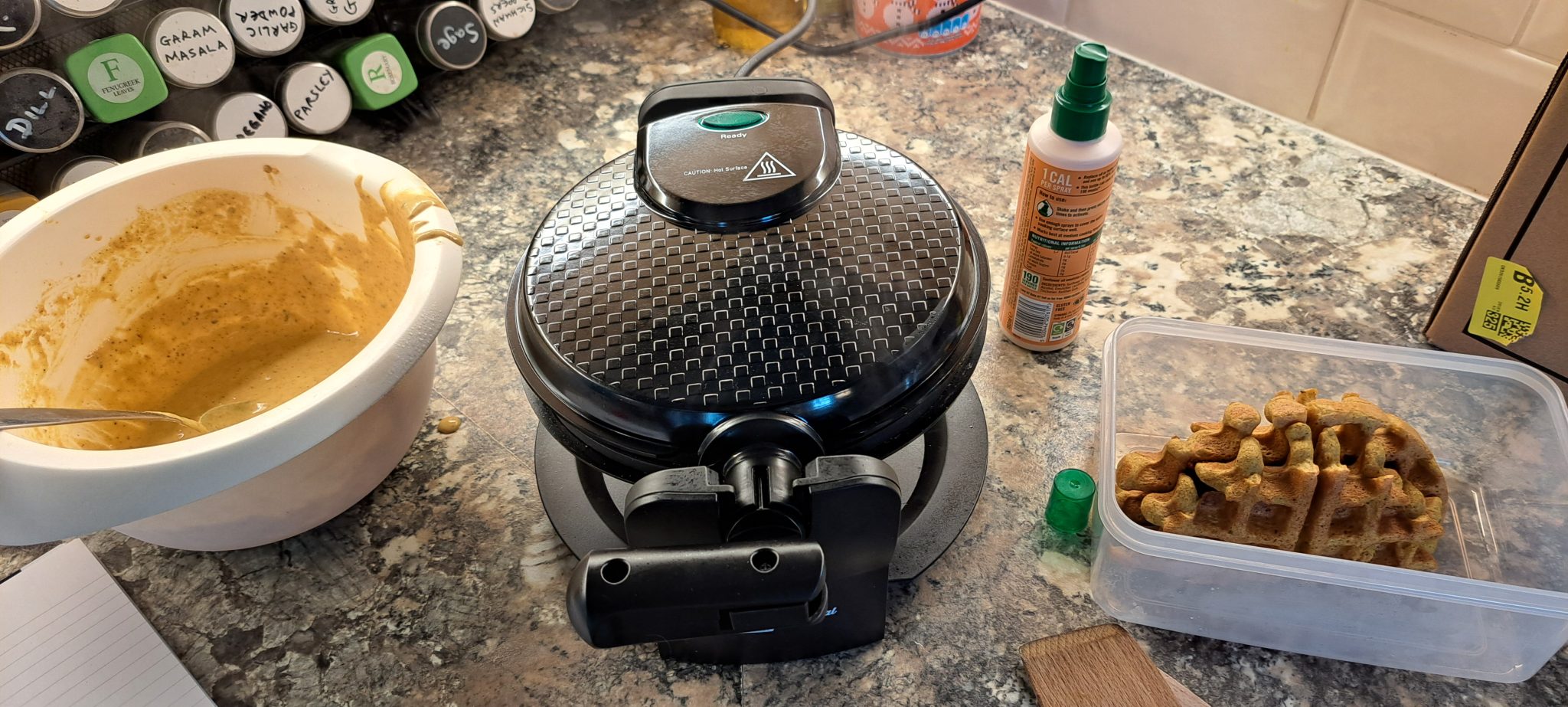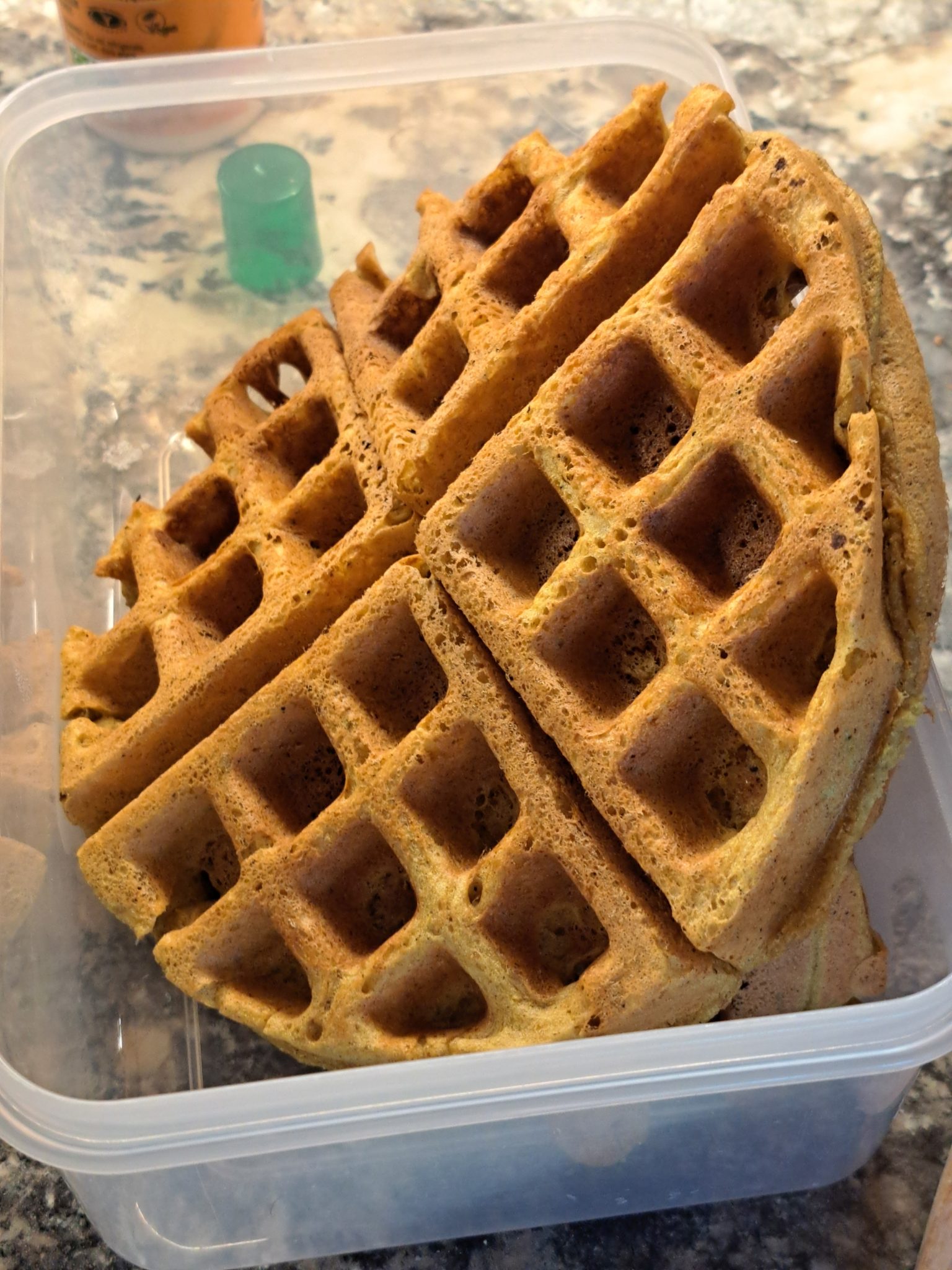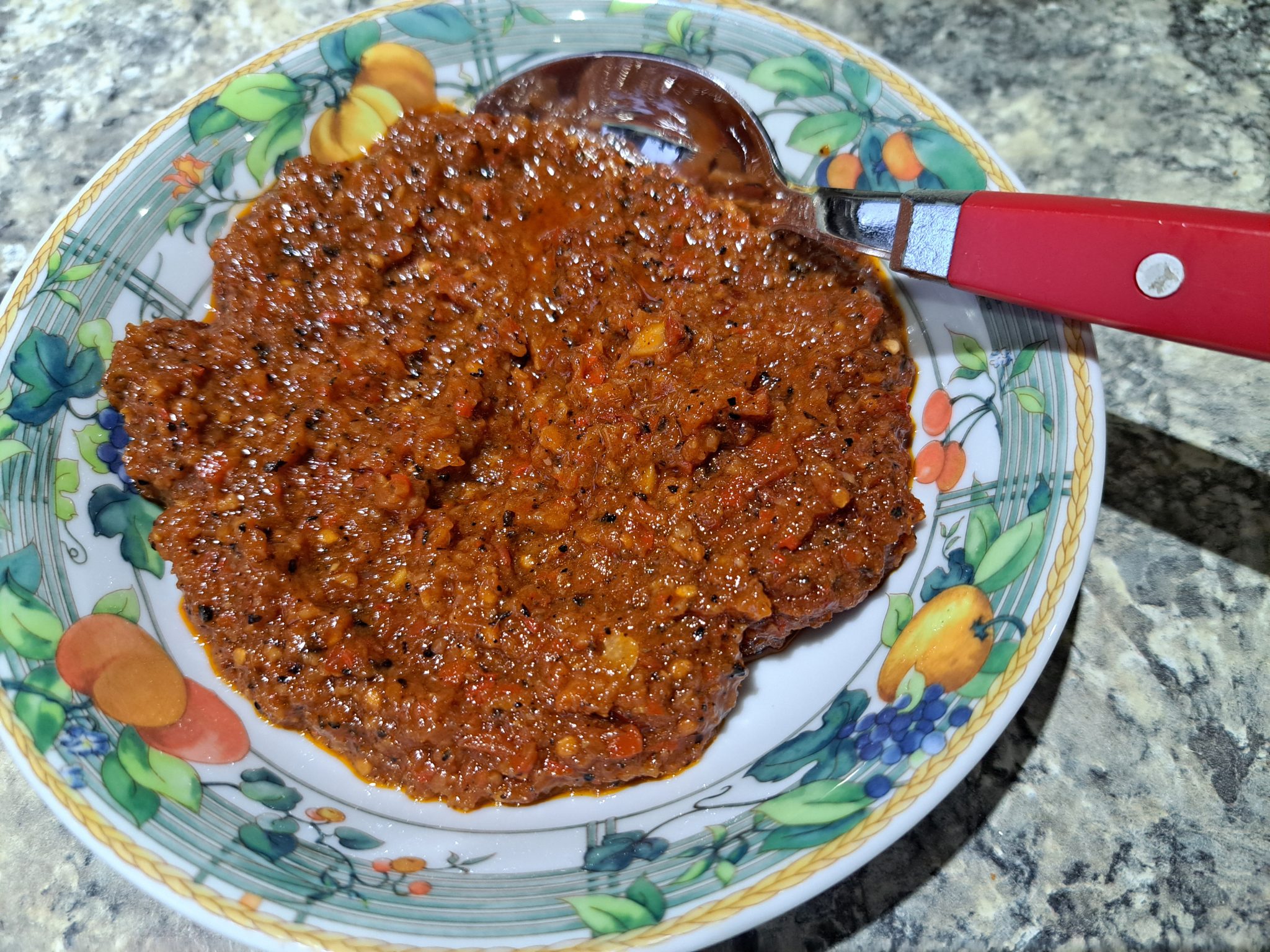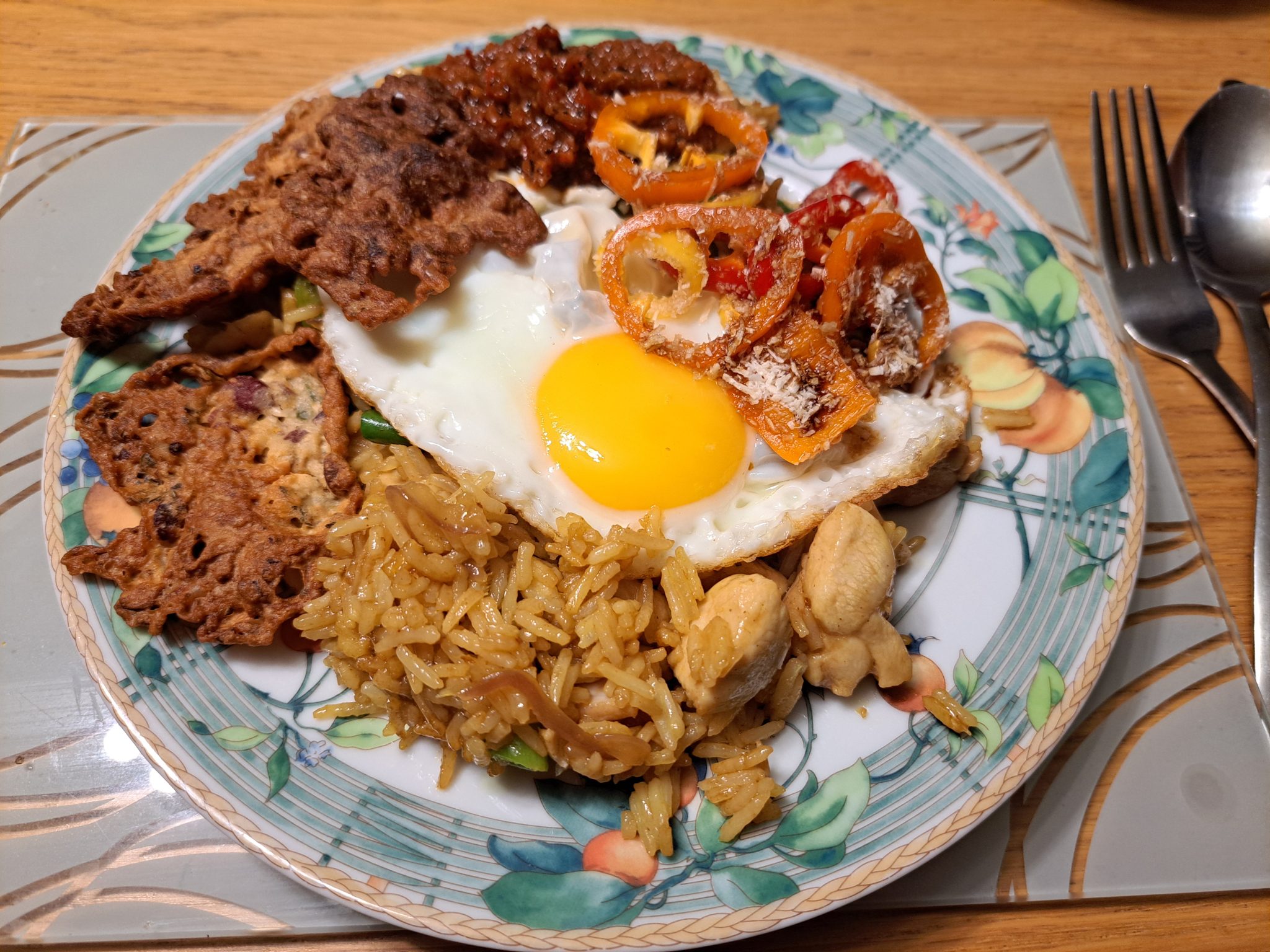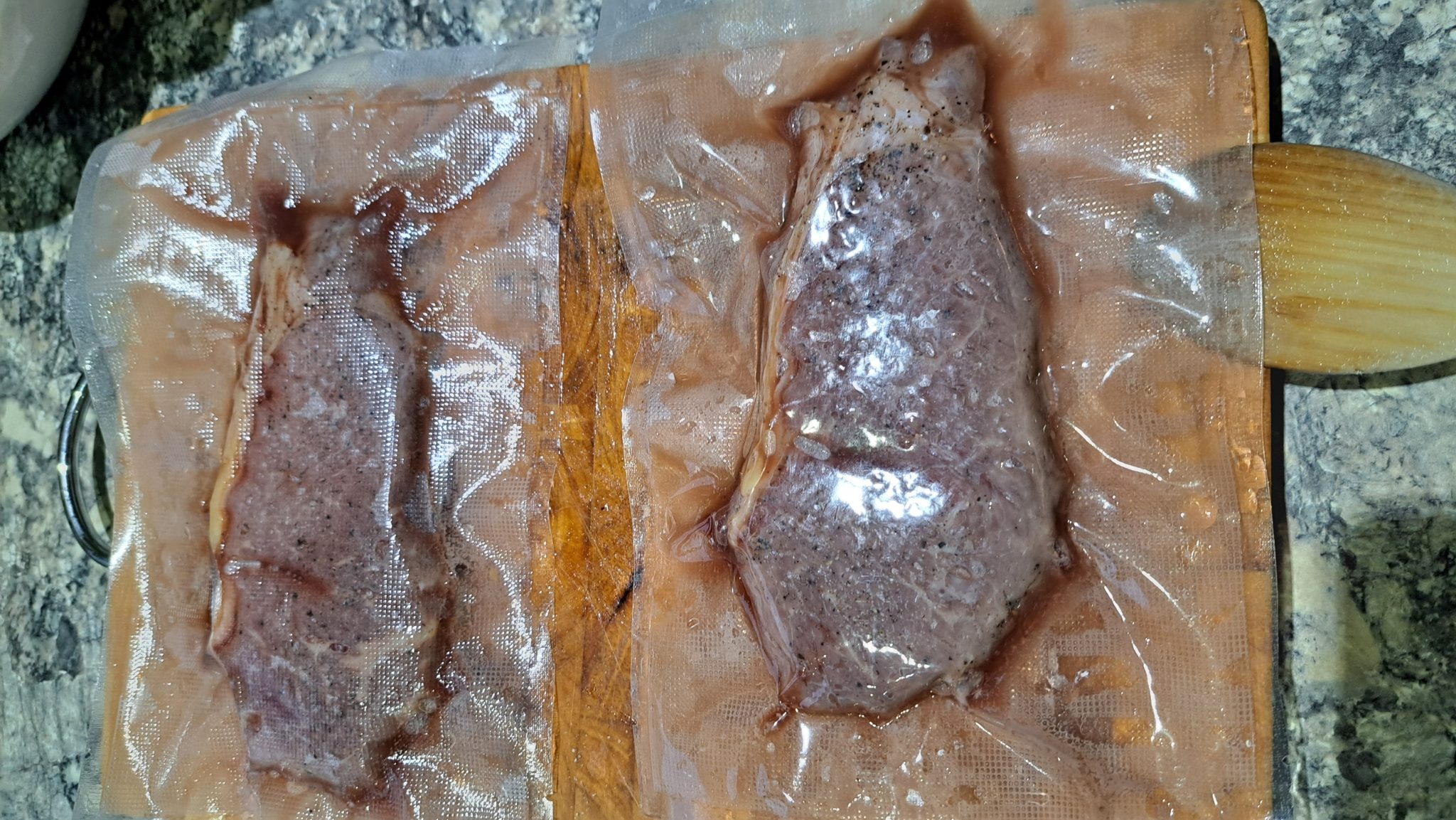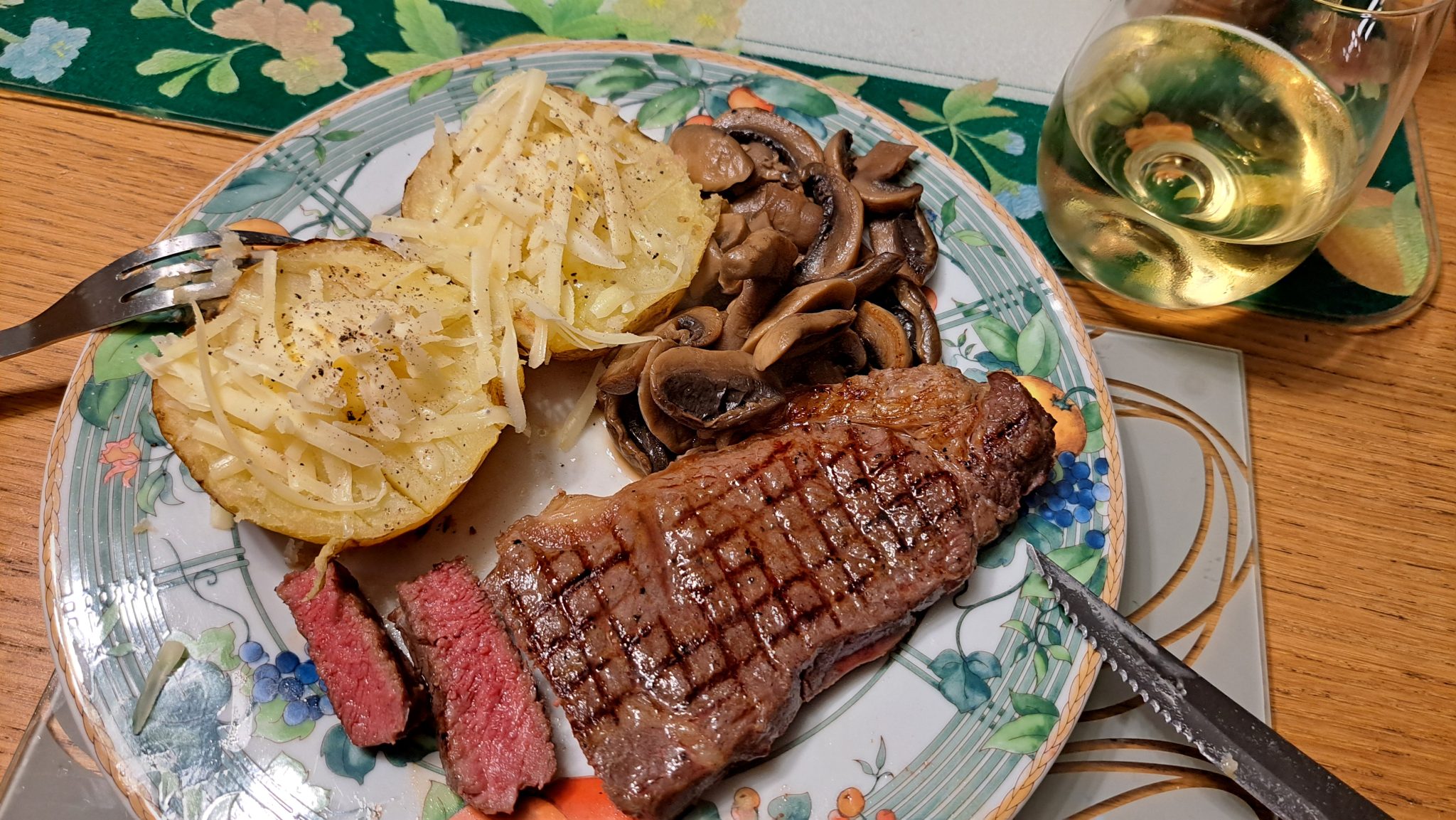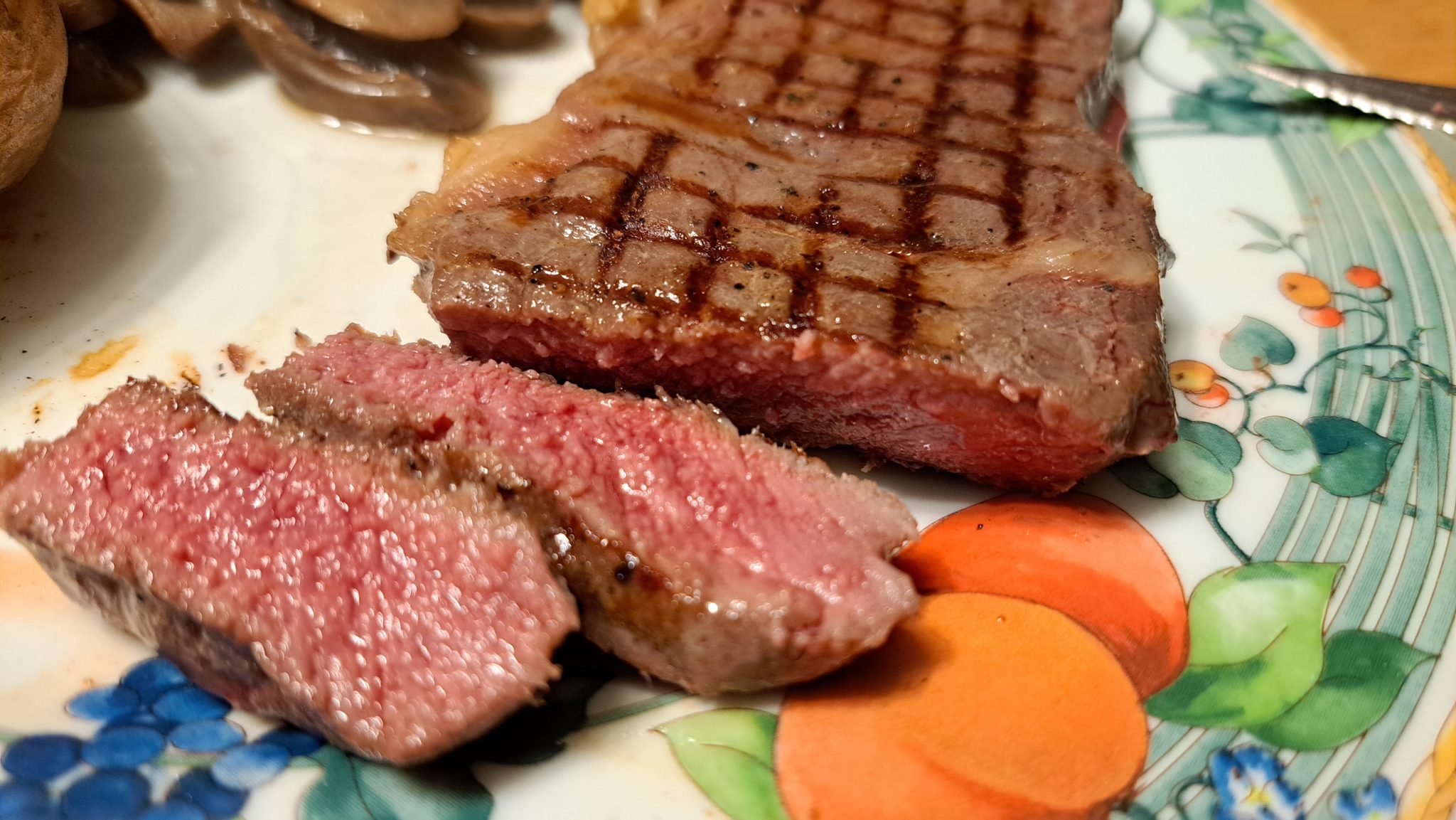Nice Mr Tesco sold me a beautifully smelly La Rustique Camembert cheese for a £1, and I decided I wanted to bake it in a loaf of bread. Not a ready made loaf, which was what all the online recipes I found showed how to do. So, here’s a way to make a cheesy loaf from scratch, in case you wanted to.
- 150g Wholewheat flour
- 350g White bread flour
- 7g Easy Bake yeast
- 10g Salt
- 350g Water
If you don’t know how to make a bread dough with those ingredients, I think I may have explained it in another post, somewhere. Basically, mix it all up, knead it, let it rest, knead it again. That sort of thing, you know, normal bread making… I divided about a third of it off to wrap the cheese in.
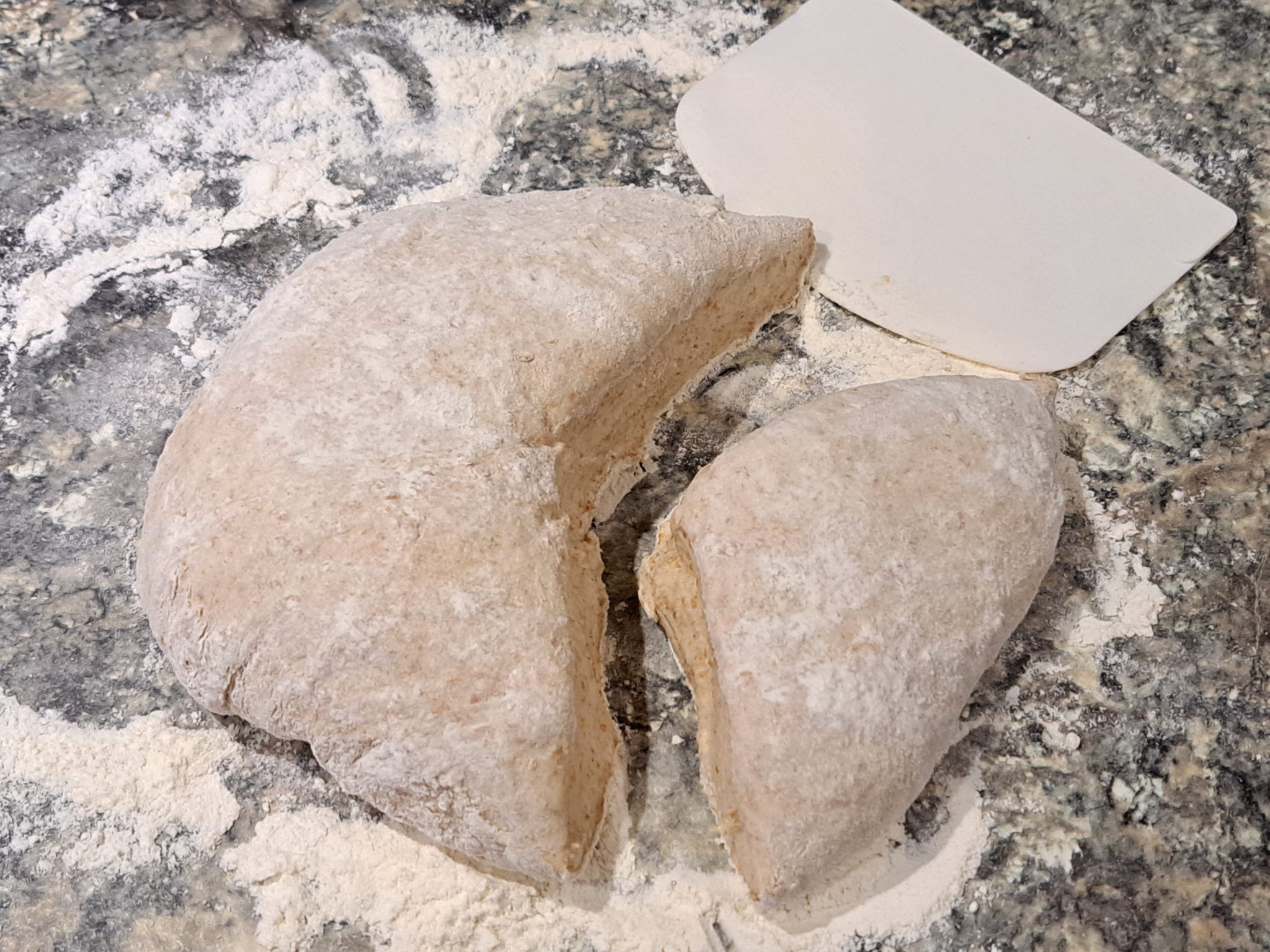
Previous attempts of mine to make this sort of thing went wrong because the molten cheese leaked out, mainly because I had the joins underneath when I baked it, instead of on top. But, to make sure, I added a layer of wafer thin ham slices. I think the leakage may have been made worse because I previously used ordinary, cheap Camembert, which seems more runny than La Rustique, when it’s cooked.

I put the cheese on top of the ham, cut slots in it, pushed garlic pieces into the slots, and sprinkled it with rosemary.
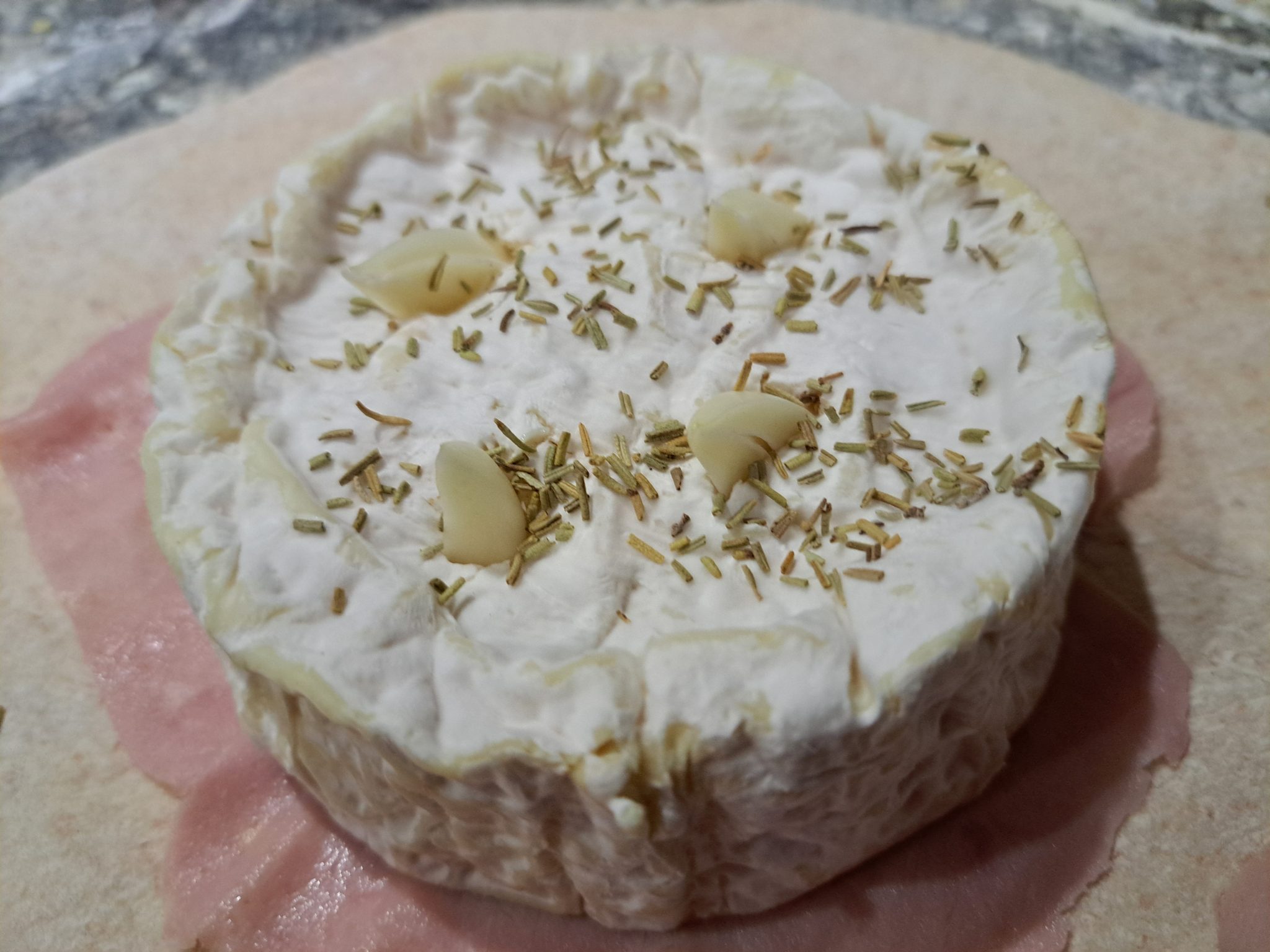
Then, I folded the dough over the top, not particularly tidily, and gently pressed it to seal it together. A lot of recipes leave the top of the cheese exposed, and I may try that another time.

I divided the remaining dough into eight pieces, put a bit of mozzarella that was lurking in the fridge into each one, rolled them into, well, rolls, and arranged them around the main loaf.

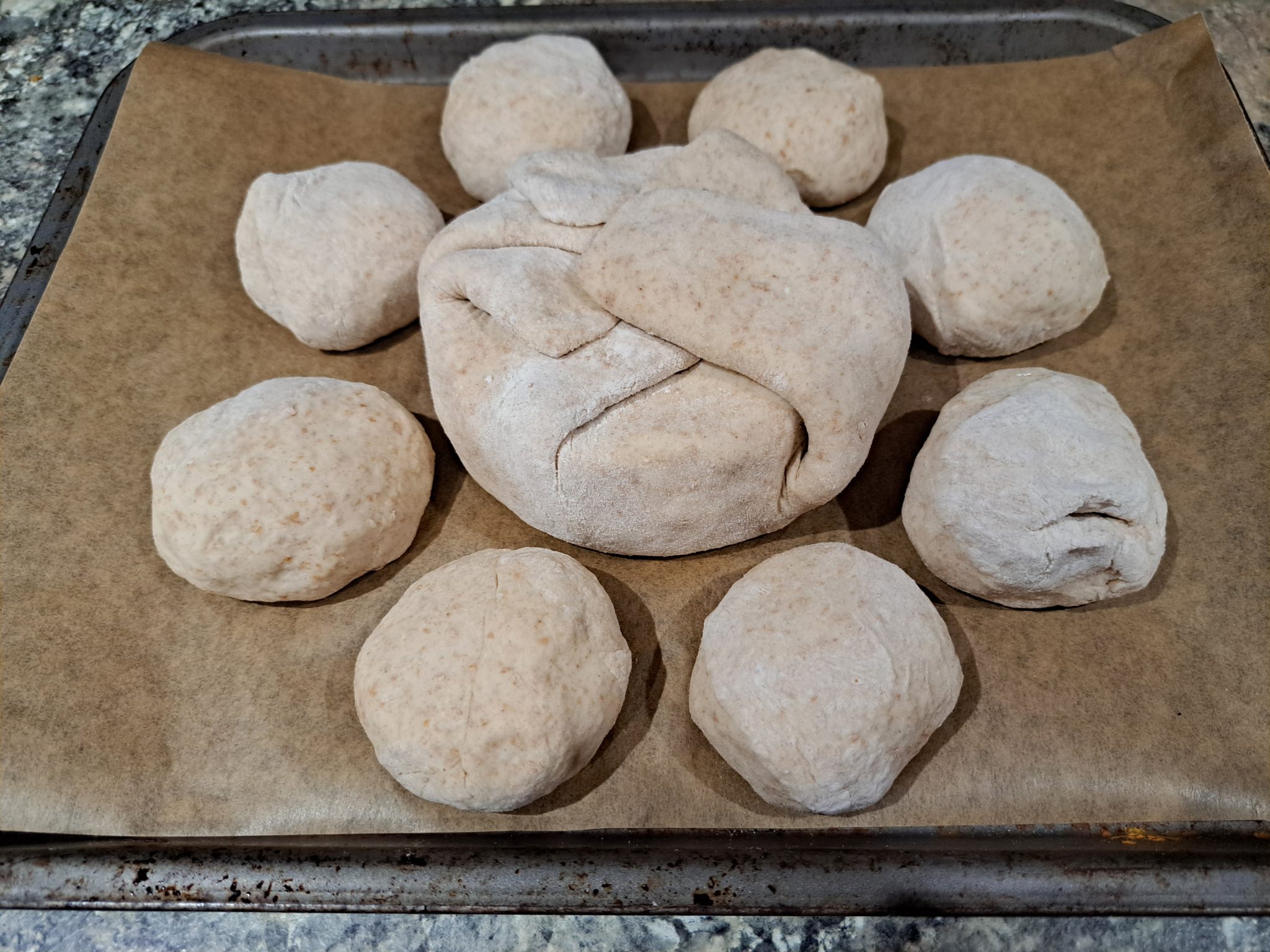
Then, I left them in a warm part of the kitchen to rise for a while, until the rolls were starting to merge with the main loaf, like this…

The cooking time at 220°C seemed likely to be about twenty minutes, from my limited experience of cooking bread rolls, and small loaves, which is how long I gave it. I think 25 to 30 minutes would be better, as the main loaf was very slightly underdone in places. That could have been caused by the moisture from the cheese, though. When it was baked, it looked like this…

It was pretty crusty, which was what I wanted, and I cut the top off with a knife, so we could start dipping…
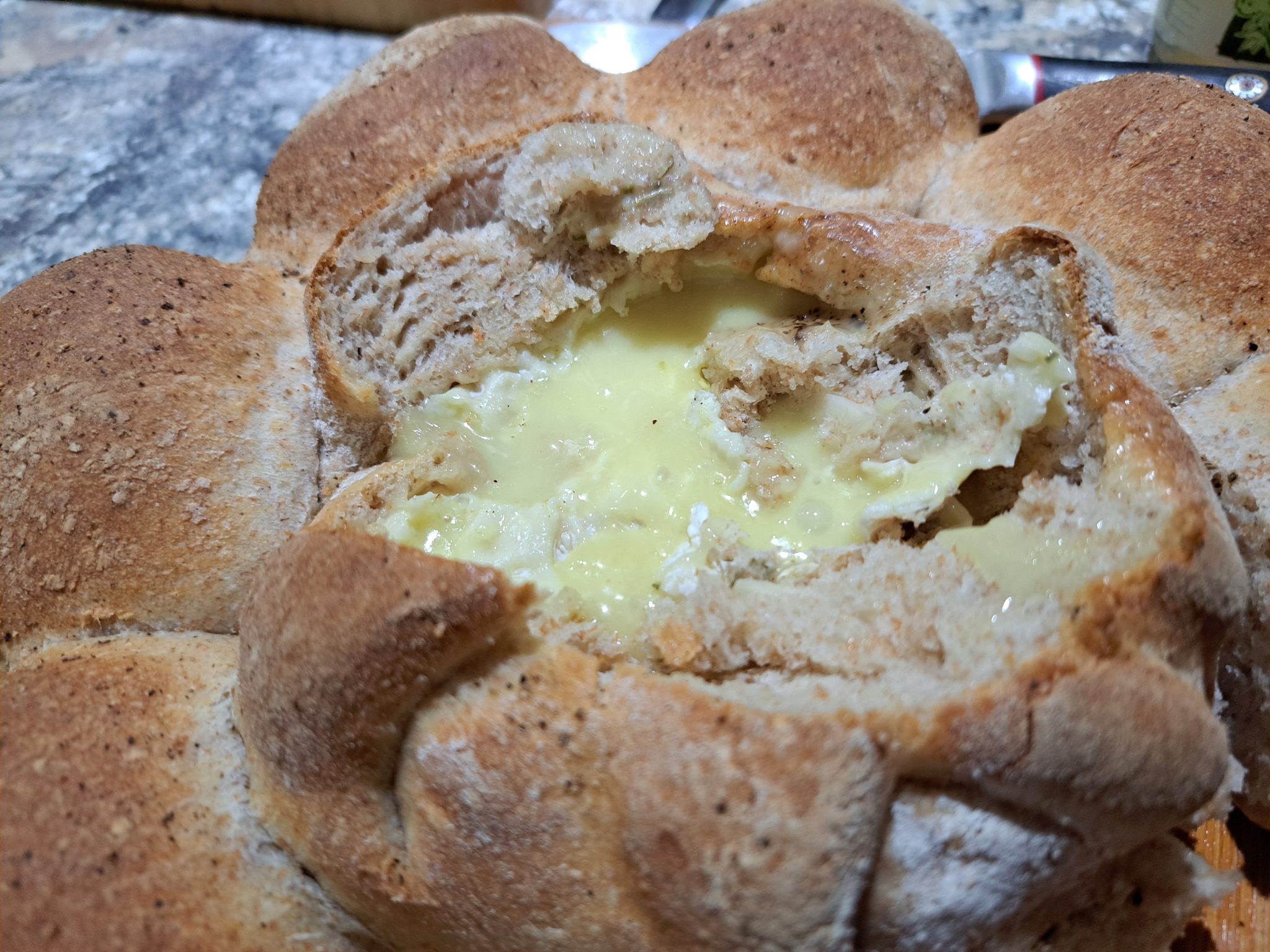
Yes, it was very nice!
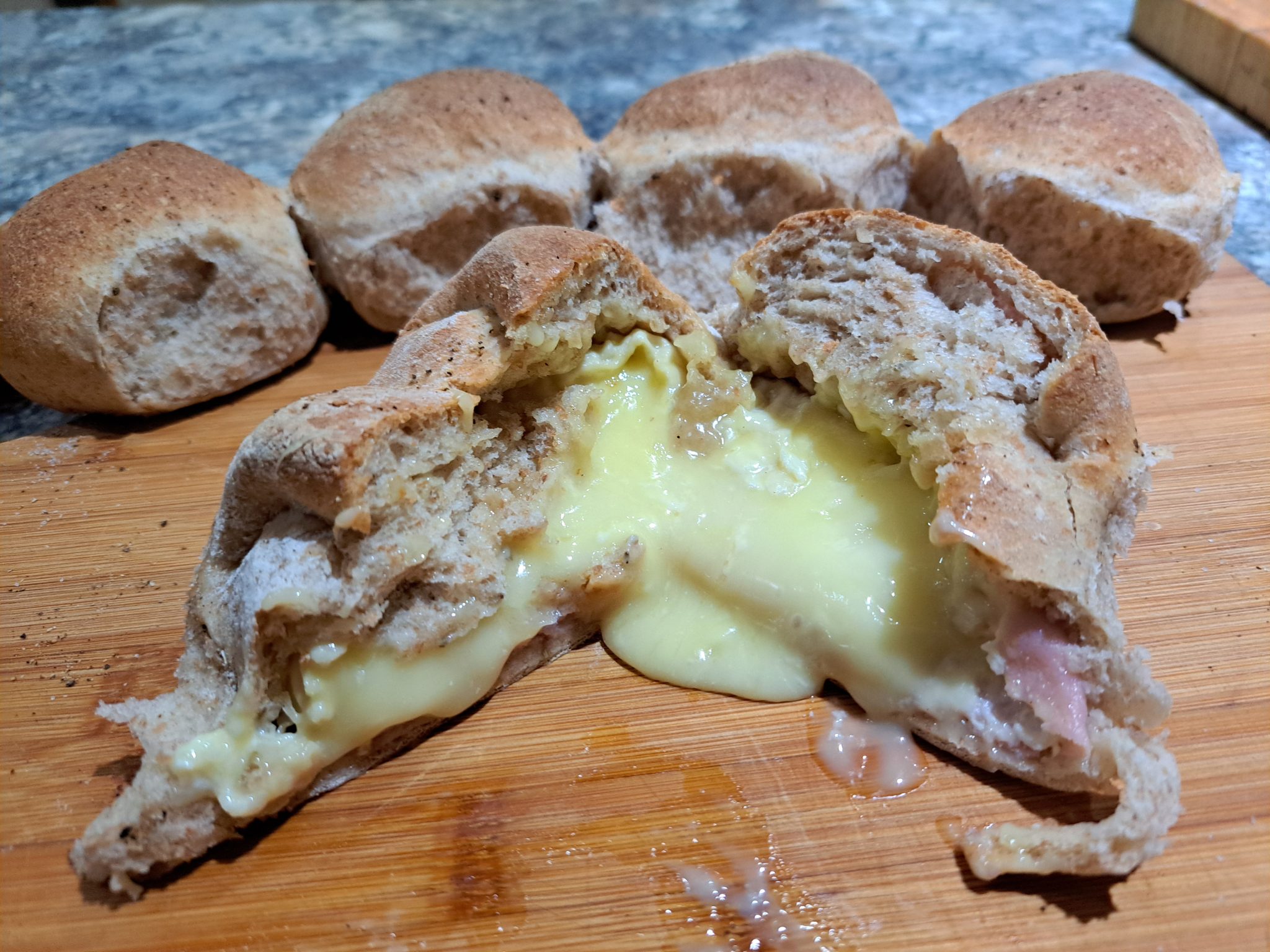
I was particularly pleased that the cheap deli ham had prevented the cheese from giving the loaf a soggy bottom. There was more that enough for two people, meaning those rolls will come in handy for lunch!

